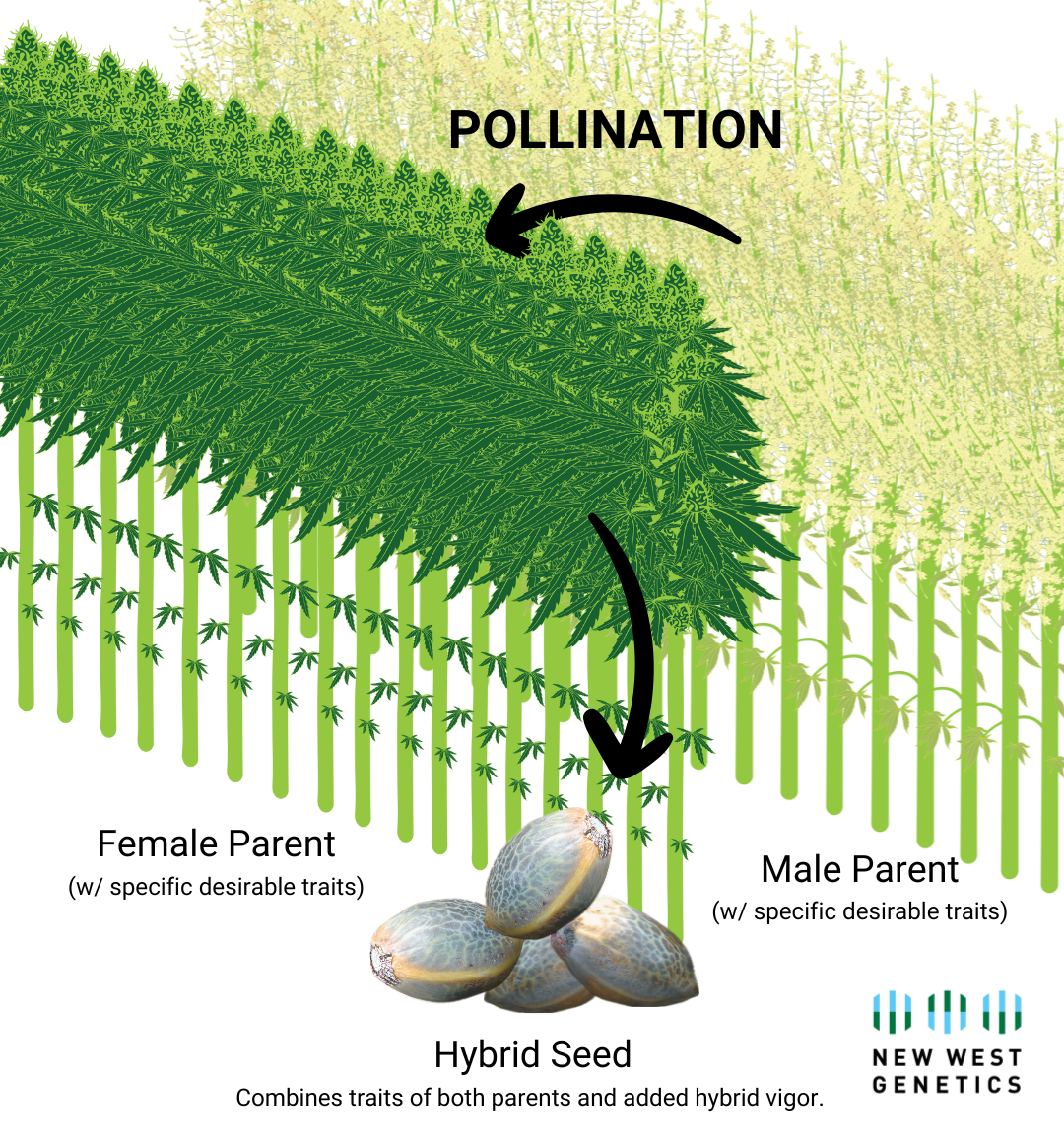The latest hemp genetics news and research updates on US breeding and genomics supporting the development of adapted hemp seed varieties.
Valent BioSciences Sustaining Soils Podcast
Valent BioSciences Sustaining Soils Podcast with Wendy Mosher and John McKay New Episode Alert! How can we transform agriculture to tackle global sustainability challenges like carbon sequestration and soil health? In this episode of Sustaining Soils, we explore how crop diversity plays a critical role in creating sustainable agricultural systems. Our guests, Wendy Mosher, President & CEO of New West Genetics, and Dr. John McKay, Professor of Plant Evolutionary Genomics at Colorado State University, discuss how innovative genetics in industrial hemp are enabling these game-changing solutions. Discover how this work is decreasing agriculture’s carbon footprint while creating new opportunities for growers and the health of their soil.
